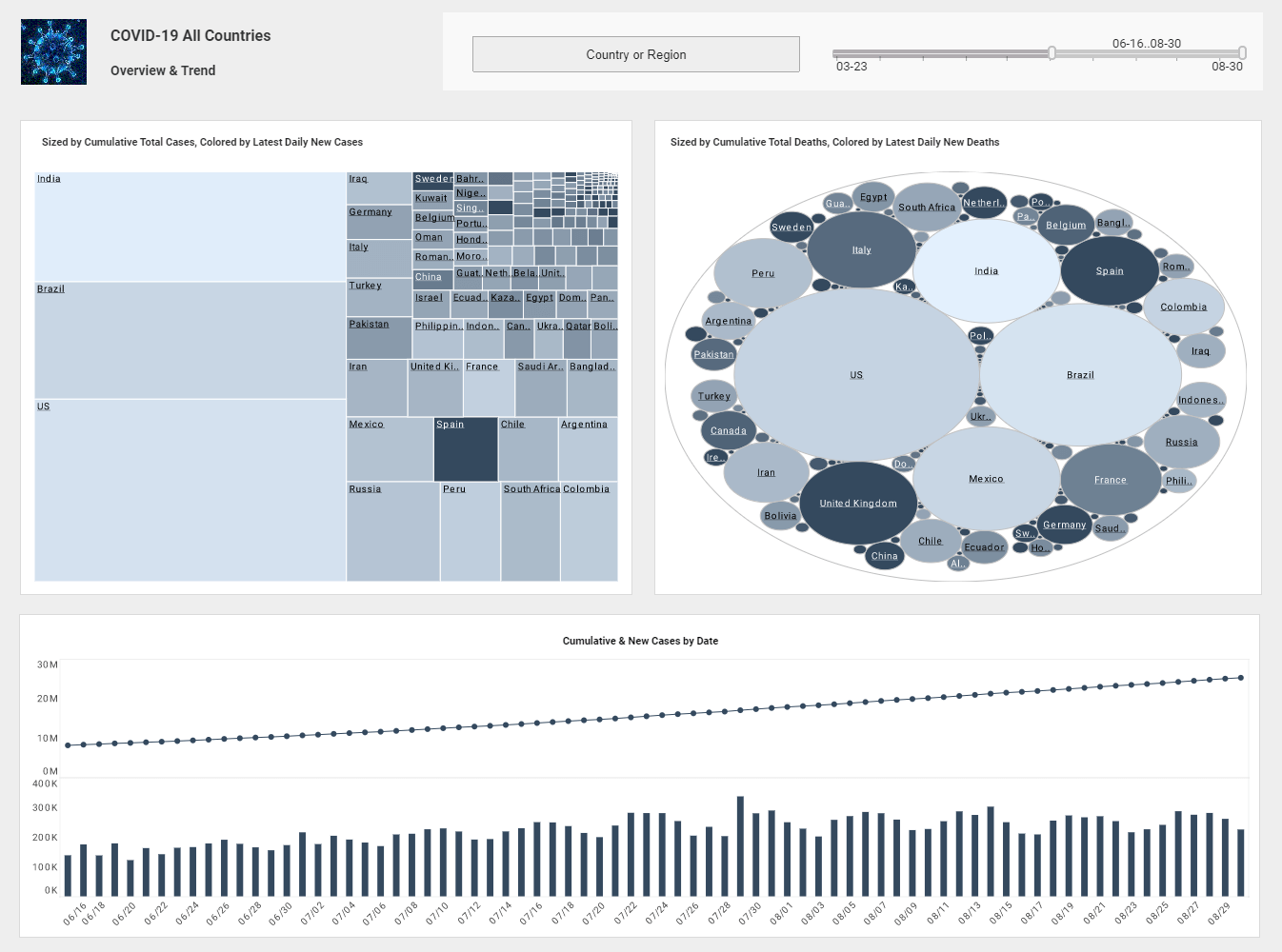A Traditional Enterprise Intelligence Problem
This is the continuation of the transcript of a Webinar hosted by InetSoft on the topic of "Enterprise Intelligence" The speaker is Jessica Little, Marketing Manager at InetSoft.
Well, let’s take a look at a traditional enterprise intelligence problem. On the top, we have an account executive who sells investment products in region one which consists of branch 1, 2 and 3. In the middle, we have a branch teller who sells a deposit account in a branch. On the bottom, we have a commercial loan officer who happens to be housed in branch one, but he places a commercial loan in branch 3.
So now, we have all of the common ordinary things that go on in a diversified financial institution every day, and why do we need business intelligence? We need to be able to measure and manage the people, the process, the customers, and business results. On the right hand side, you see that properly measuring the investment sale by the account executive to the right branch within the right region and having a right role of it is important.
Measuring the teller sale is equally as important because you may have a branch where the deposit base is shrinking and yet, at the same time, you may have one or two tellers who are individually doing extremely well and increasing their own sales success. And what you want to do is understand that that’s happening by teller and you want to find out what that person is doing and clone it so that you can continue to grow your business more widely in that branch and across the institution.
| #1 Ranking: Read how InetSoft was rated #1 for user adoption in G2's user survey-based index | Read More |
You Need To Roll Up The Data
So there are several different ways that you need to roll up the data, whether it's by branch or portfolio, by region and at the corporate level. So this is one of the areas where we have a typical intelligence problem. And then of course, the final thing in the bottom of the slide is to decide what is the next best step to take with this customer. What should we be doing next with this customer to enhance our relationship with that individual?
As we talked about earlier, intelligence is not one thing. It is different things to different people, and role-based intelligence is absolutely critical to being successful in leveraging enterprise intelligence throughout the institution. If you think about the term “a single version of the truth”, which has been around for many years, what we are really talking about here is the right version of the truth.
Not that the truth changes from individual to individual, but the depth and level of view and type of information and business intelligence as necessary will change from role to role. And that’s important to keep in mind as you structure your business intelligence and your enterprise intelligence initiative.
Well, let’s take a look at what’s needed both from a business functionality and a technological functionality perspective. Of course, on the business side, we need to measure internal performance results against plan. We need to have ad-hoc reporting and recurring reporting capability. We need to be able to run scenarios based on new information and results, reporting results at multiple levels throughout the institution, slice-and-dice results in several ways.
And this reporting needs to be user driven, so that users can create their own views both on recurring needs and on an ad-hoc basis, as well. The reporting solution needs to provide visibility into the business for both users and certainly for management of the institution.
Read what InetSoft customers and partners have said about their selection of Style Scope for their solution for dashboard reporting. |
It Must Have Industrial Strength
And this next point is really important to keep in mind, it must have industrial strength. It must have far reach across and deep down into the institution, but it must also be presented in an artistic flair because presentation matters if you are going to get user adoption and get high user success in leveraging the information.
Now, a couple of the emerging trends that we have seen are early warning systems that may have to do with a customer who is not happy and maybe in danger of leaving. You may be suffering customer attrition, and then you need to use analytics, the ability to analyze data in new and unique ways to create new capabilities for the business and to guide both product and service development for the future.
On the technological side, you see a list of pretty common and standard functionalities that are needed withi the intelligent enterprise, and many of these are built today in spreadsheets, and they are in separate categories. And well, not all of that is going to go away. The key issue to keep in mind is that we are trying to build a system that will present a uniform view of each of these things while still being able to deliver individually the functionality that you see.
Emerging needs in the technology side are real-time data updates with feeds coming in on a real-time basis, so that users and specifically business users in different channels have up-to-date information about what customers are doing and what they are seeing. And then omnipresent data access means the ability to get out all of the aspects of data whether it's on a desktop, whether it's in an older legacy system, whether it's in an alliance partner who has critical information about your customer and is providing a service that you don’t provide.
| Previous: Enterprise Intelligence Challenges |



